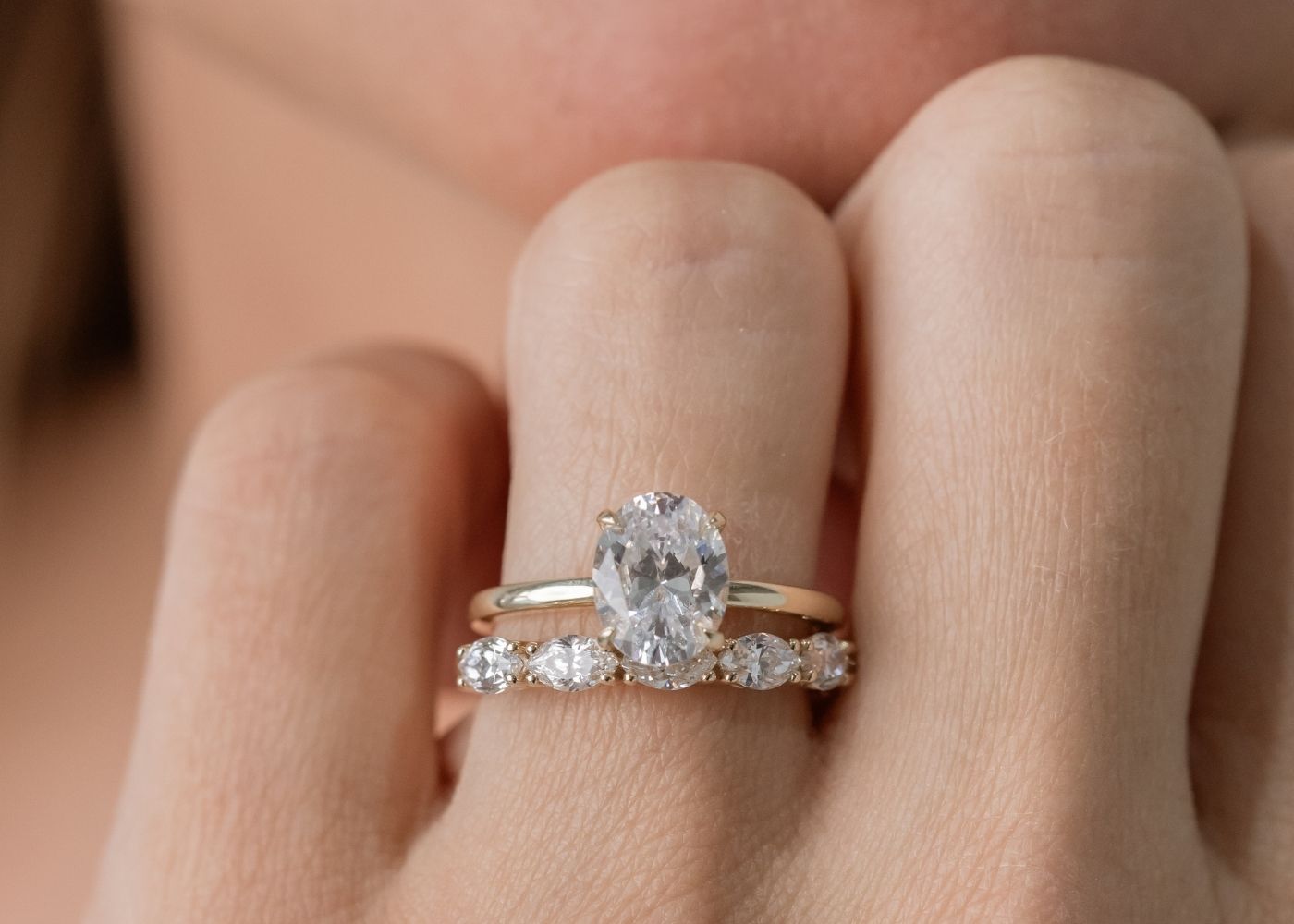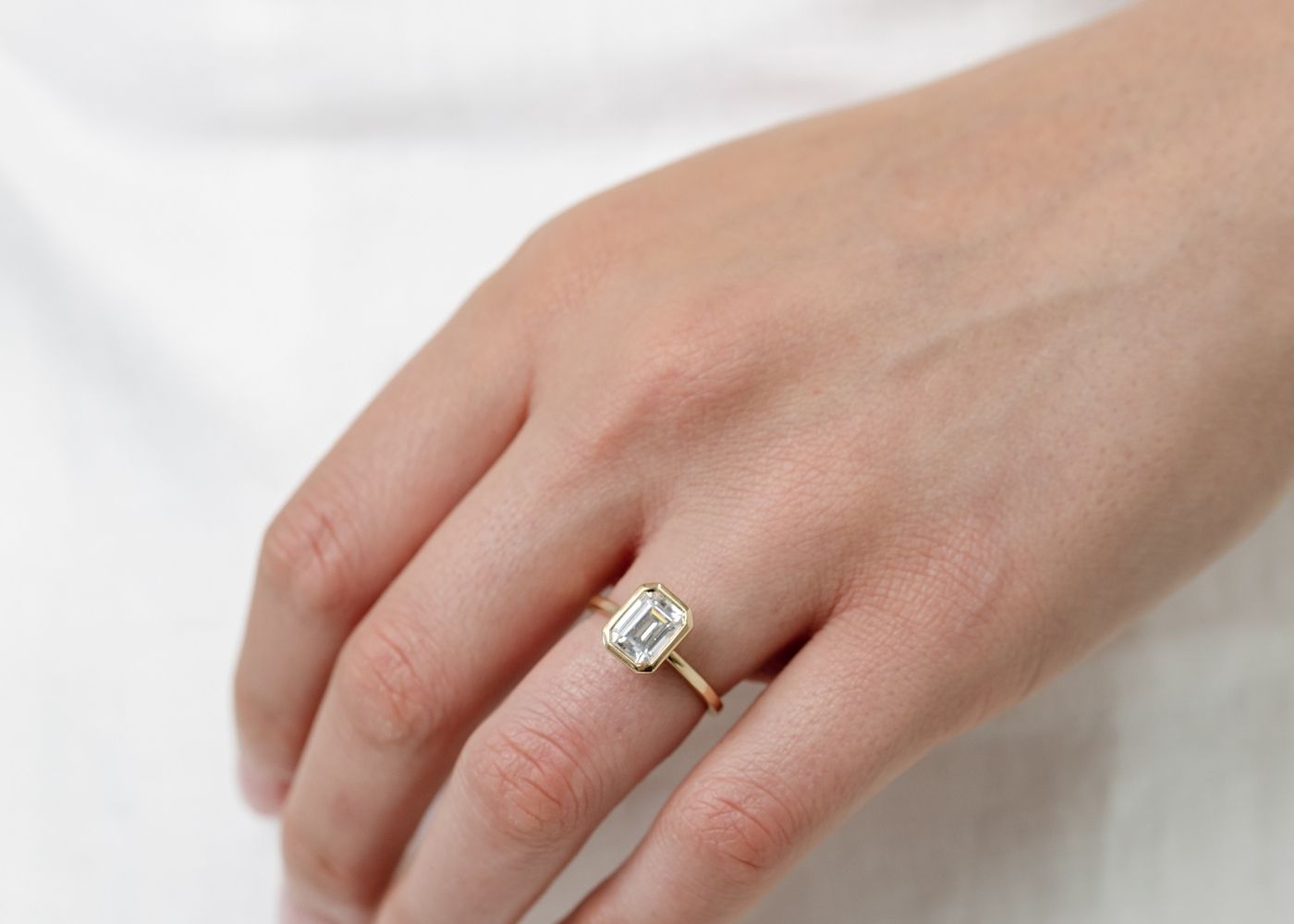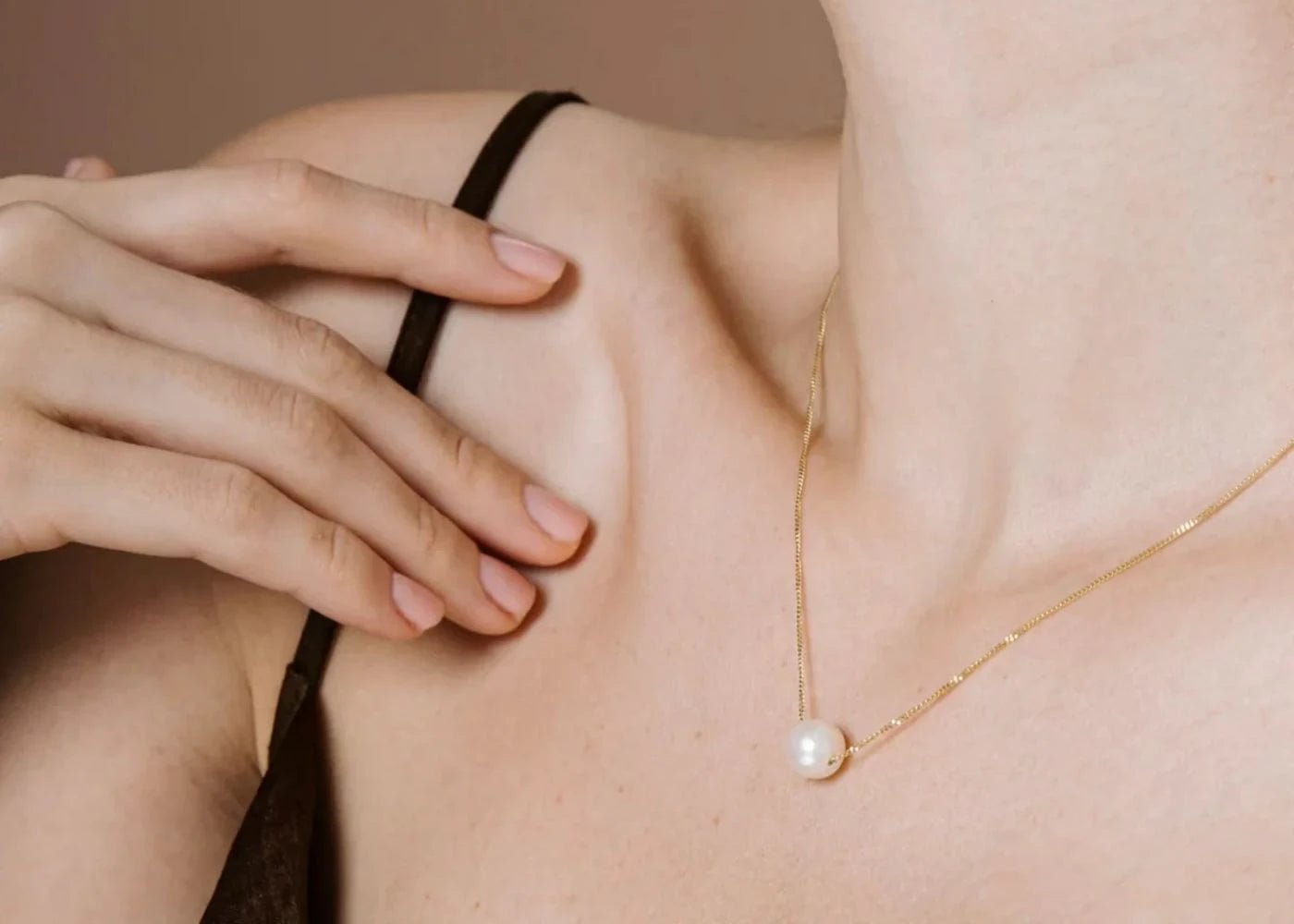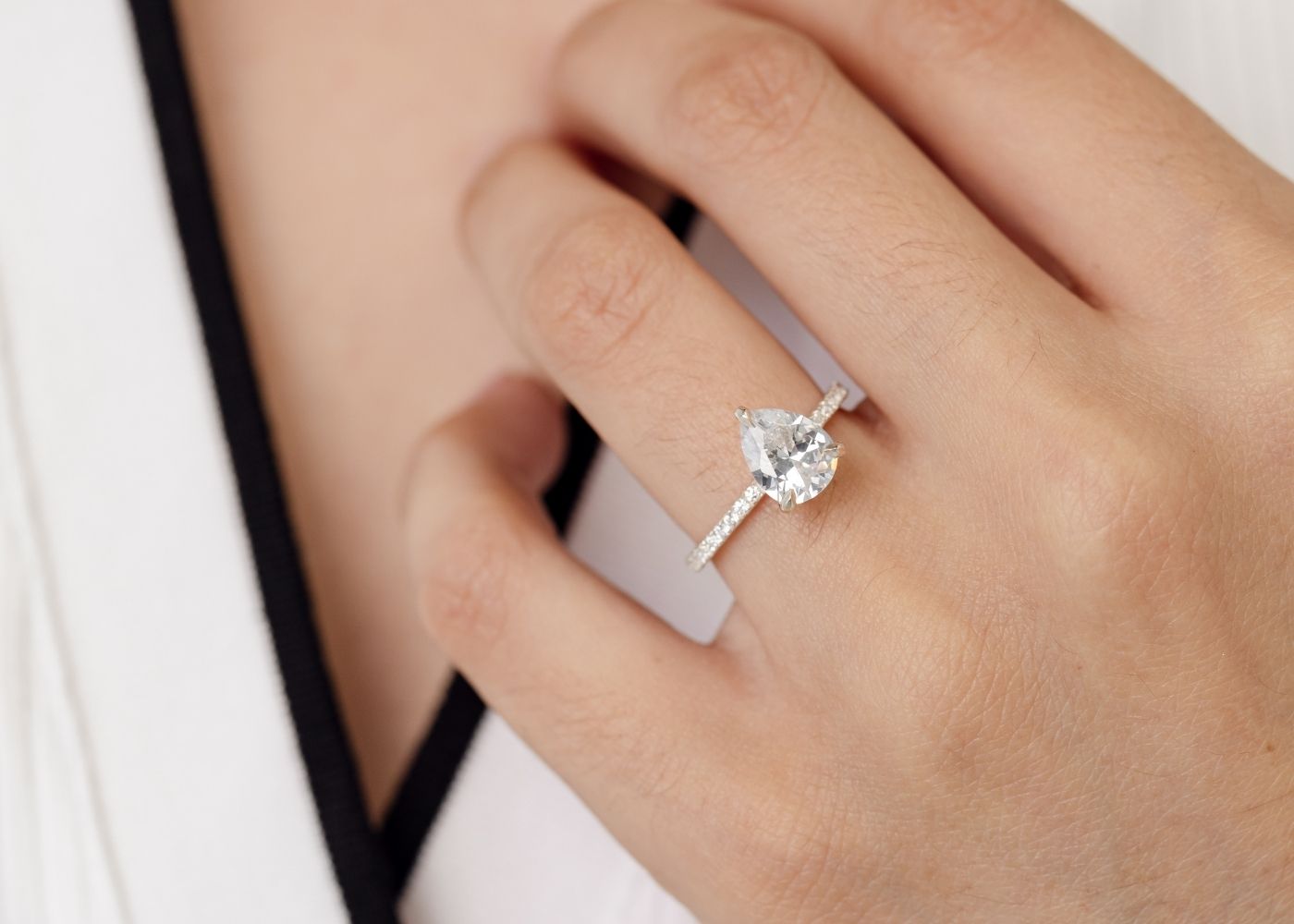Bracelet
Origin and Cultural Significance
- The term 'bracelet' comes from the Greek word 'brachile' meaning 'of the arm.'
- Bracelets have been worn since ancient times, with examples dating back to Ancient Egypt and the Achaemenid period.
- Bracelets can also be referred to as 'armlets' or 'bracers.'
- Some bracelets have a supportive function and hold other decorative items, such as charms.
- Bracelets can be made from various materials, including metal, leather, cloth, plastic, beads, and more.
- Egyptian bracelets have a long history, dating back to 5000 BCE, and were often made with materials like bones, stones, and woods.
- The scarab bracelet was a symbol of rebirth and regeneration in ancient Egypt.
- Different cultures have traditions involving bracelets, such as the Bulgarian 'martenitsa' and the Greek 'Martis,' both associated with the arrival of spring.
- In some parts of India, the number and type of bangles worn by a woman indicate her marital status.
- Sikhism mandates the wearing of an iron bracelet as one of the Five Ks.
Types of Bracelets
- Alternative health bracelets claim to have beneficial functions, such as ionized bracelets, karma bracelets, and magnetic bracelets.
- Bangles are hard, rigid bracelets made from materials like metal, wood, or plastic.
- Beaded bracelets are made from loose beads connected by a string or elastic band.
- Charm bracelets carry personal charms that represent important things, interests, or memories in the wearer's life.
- Link bracelets are made by connecting or linking various components or jewelry findings.
- Penannular bracelets are made in a single piece of slightly flexible material, often gold, and form an incomplete circle.
- Colored silicone rubber bracelets became popular for sports campaigns, starting with the Yellow Livestrong wristband by Nike and Lance Armstrong.
- Silicone bracelets are used for various awareness, information, and charity campaigns.
- They are also known as baller id bands, baller bands, or wristbands.
- Rubber wristbands and gel wristbands are alternative names for silicone bracelets.
- Bracelets designed for sport climbing use climbing cords (dynamic rope) as part of the bracelet's construction.
History of Tennis Bracelets
- The term 'tennis bracelet' originated from an incident involving tennis player Chris Evert in 1978.
- Before this incident, the term 'tennis bracelet' appeared in print but not necessarily referring to diamond line bracelets.
- An advertisement for a sterling tennis bracelet in The New Yorker in 1975 featured a different design, not diamonds.
- Tennis bracelets are made up of identical settings with hinges, allowing flexibility around the wrist.
- The links of a tennis bracelet are usually riveted or soldered to ensure minimal movement left-to-right.
- Tennis bracelets feature round diamonds set in four claw settings.
- The bracelet can be adjusted to fit the wearer by removing links, which must be done by a jeweler.
- The design incorporates many identical settings, each with a hinge for flexibility.
- The bracelet allows minimal movement left-to-right on the wrist.
- The diamonds in a tennis bracelet are typically round in shape.
Sports Bracelets
- Colored silicone rubber bracelets became popular for sports campaigns, starting with the Yellow Livestrong wristband by Nike and Lance Armstrong.
- Silicone bracelets are used for various awareness, information, and charity campaigns.
- They are also known as baller id bands, baller bands, or wristbands.
- Rubber wristbands and gel wristbands are alternative names for silicone bracelets.
- Bracelets designed for sport climbing use climbing cords (dynamic rope) as part of the bracelet's construction.
Related Jewelry and Accessories
- Anklet
- Armband
- Brace (armor)
- Friendship bracelet
- List of topics characterized as pseudoscience (bracelets with health/healing/performance benefits)
Bracelet Mentions
https://harryandcojewellery.com.au/pages/sizingBracelet Data Sources
| Reference | URL |
|---|---|
| Glossary | https://harryandcojewellery.com.au/blogs/glossary/bracelet |
| Wikipedia | http://en.wikipedia.org/wiki/Bracelet |
| Wikidata | https://www.wikidata.org/wiki/Q201664 |
| Knowledge Graph | https://www.google.com/search?kgmid=/m/01llx7 |





